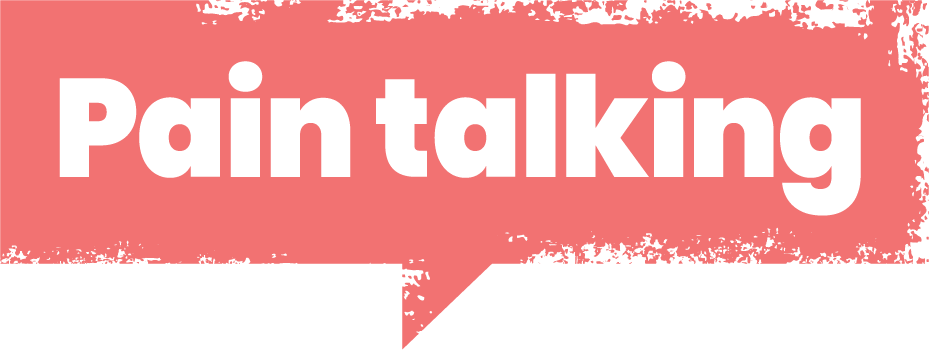Summary of what we'll cover here:
In this section we explore the following areas:
- managing activity
- how am I feeling?
- living well
- communication
- managing flare ups
Managing activity
Here we explore non pharmaceutical pain control and its powerful impact. From now on we need to take a “different approach”.
Boom or bust
People living with persistent pain may find themselves in a pattern of pushing through to get tasks done, and then experiencing more pain and being able to do less for a few days. This is called the ‘over-activity rest cycle’ or ‘boom and bust’. Others may avoid movement due to fear of making their pain worse.
It can be tricky to find the right balance, but finding a level of activity you can do on a good or a bad day, without aggravating your symptoms will help you to manage your pain.
Planning, pacing, prioritising
Here we often talk about the 3 Ps:
- Planning – so that you know what rest breaks you need to build into an activity; having tools from your pain management toolkit ready e.g. heat. For example, if you are going on a long drive; look at the map for planned rest stops to stretch/get out of the car; take a heat pad if you find that helpful.
- Pacing – breaking a task into manageable pieces and recognising that it may take a bit longer. An example of this is when cleaning the house, dust one room and then have a rest. Don’t try to do it all at once. Have an agreement with yourself to stop if you are feeling you have done enough. Be aware of things that wear you out, and the things that help you with your pain management.
- Prioritising – along with planning, make sure you have enough energy/credit to do the important things first. This also applies when there is a fun activity you want to do – saving your energy for that and making sure you have some recovery time planned.
How am I feeling?
We know that living with pain doesn’t just affect you physically. Persistent pain also affects the way that you feel, the way you think, and the way you act. You might be surprised to see a section on feelings. This does not mean that we think your pain is ‘in your head’, or not real. Rather, we know that the way pain impacts on your life can understandably leave you feeling frustrated, upset, angry or low in mood. These are common reactions to living with persistent pain. You might worry about the future because of the pain and how it affects you. You might also be worried about the way that it affects the people around you. You might notice that you feel quite anxious and tense much of the time. These feelings in turn can negatively impact on your confidence and your sense of self. This might also affect your motivation, leaving you feeling even worse and stuck.
Unfortunately, these understandable reactions can also contribute further to the problem and make pain harder to cope with.
You might notice that you feel stuck in a ‘pain cycle’.
Looking after our mental health can be an important part of managing pain for many people. There are a number of services that can support you with this, which will help you to develop coping strategies which help to manage your pain now and in the future. Find organisations which can help using the link below.
Finding what's right for you is moveable and it can be different every day. Different types of pain need different approaches so it's about having a toolbox to use everyday.
Reconnecting to life
Hopefully the information that you have read so far has allowed you to begin to think about how working with your pain, becoming more accepting of it and allowing it to be there can allow you to continue engaging in activities that really matter to you, which will hopefully allow you to live a meaningful, more enjoyable life.
Now read the three pages linked below developing this idea of taking a different approach.

Living well
Small improvements in these areas can ease pain
Living well | exercise, nutrition and sleep

For next steps visit: Life with pain
